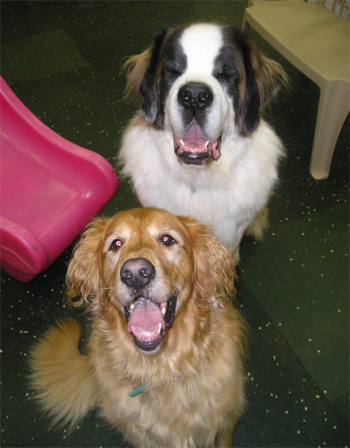|
The Pituitary
Gland
The pituitary gland is connected dorsally to
the hypothalamus by a slender stalk. It is actually two separate
glands - the anterior pituitary and the posterior pituitary. Each
operates independently of the other.
Anterior pituitary hormones:
 | Growth Hormone causes growth in young
animals and regulates the metabolic activities of the body's
cells.
|
 | Prolactin helps trigger and maintain
milk production.
|
 | Thyroid Stimulating Hormone stimulates
the thyroid gland to produce and release its hormones.
|
 | Follicle Stimulating Hormone stimulates
follicle development in the ovaries and the production of
spermatozoa in the testes.
|
 | Luteinizing Hormone stimulates
ovulation and corpus luteum development in the ovaries and the
production of testosterone in the testes.
|
 | Adrenocorticotropic Hormone stimulates
the adrenal cortex to produce and release its
hormones. |
Posterior Pituitary Hormones:
The posterior pituitary does not produce any
hormones itself. It stores and releases two hormones that are
produced in the hypothalamus.
 | Antidiuretic Hormone decreases the loss
of water in the urine.
|
 | Oxytocin stimulates contractions of the
smooth muscle in the wall of the uterus during breeding and during
the birth process (parturition). It also stimulates milk let-down
in the lactating mammary gland. |
| 




